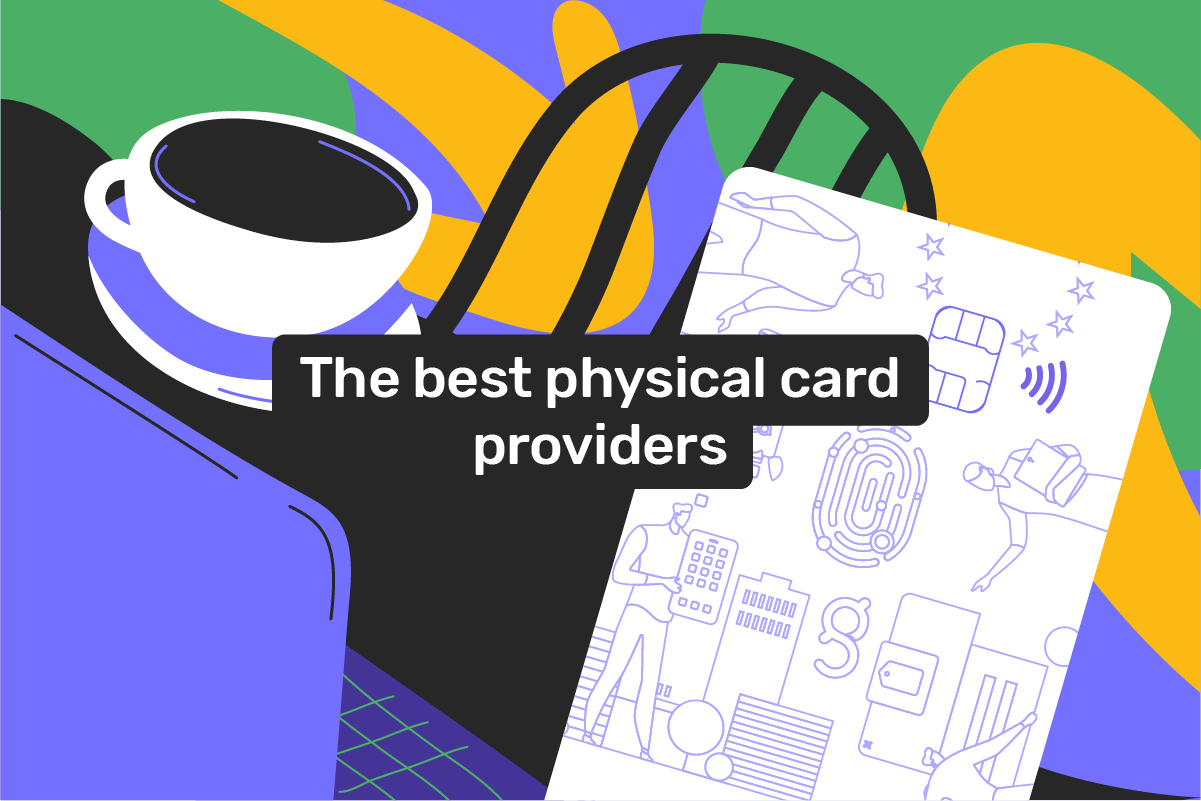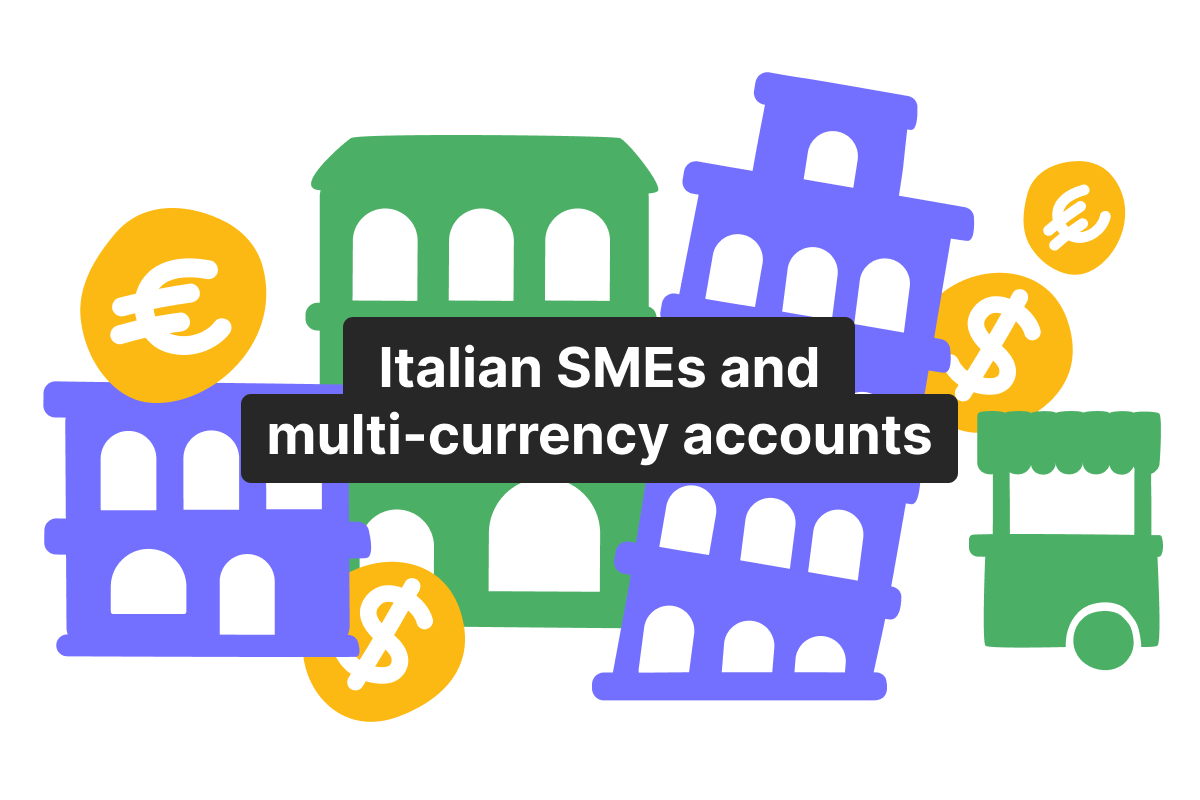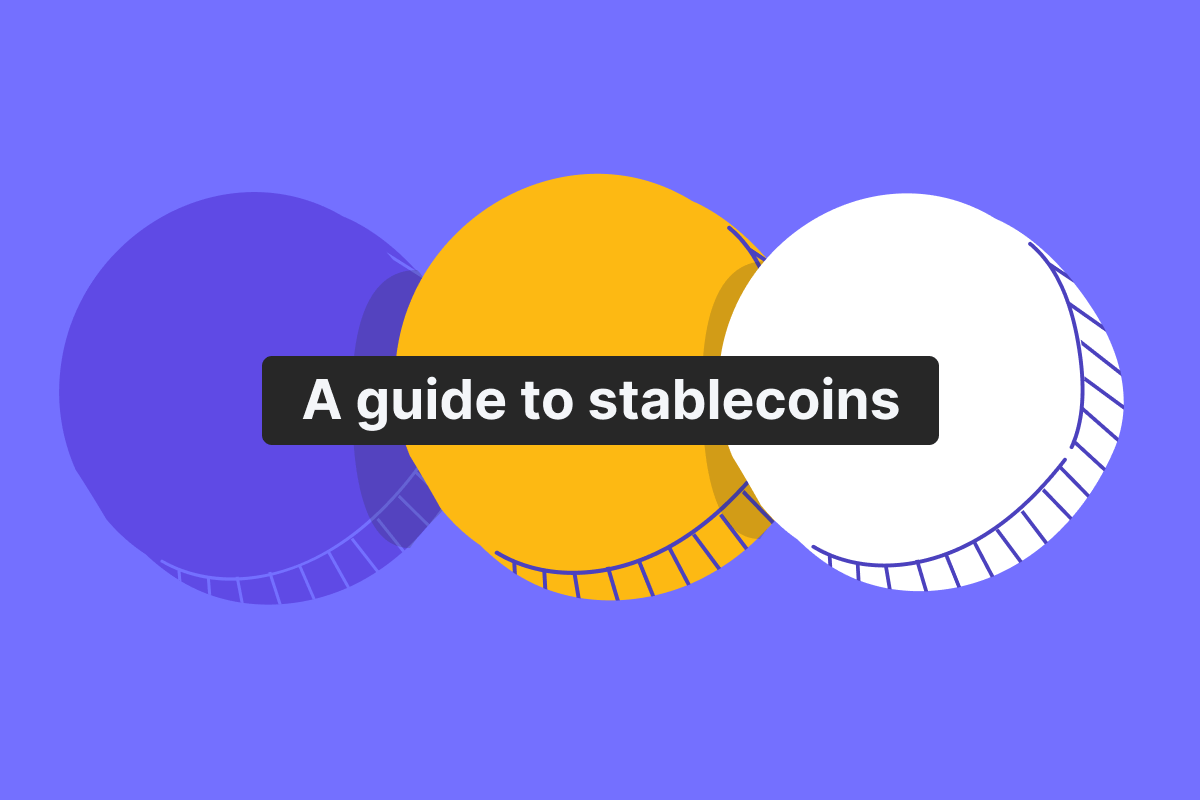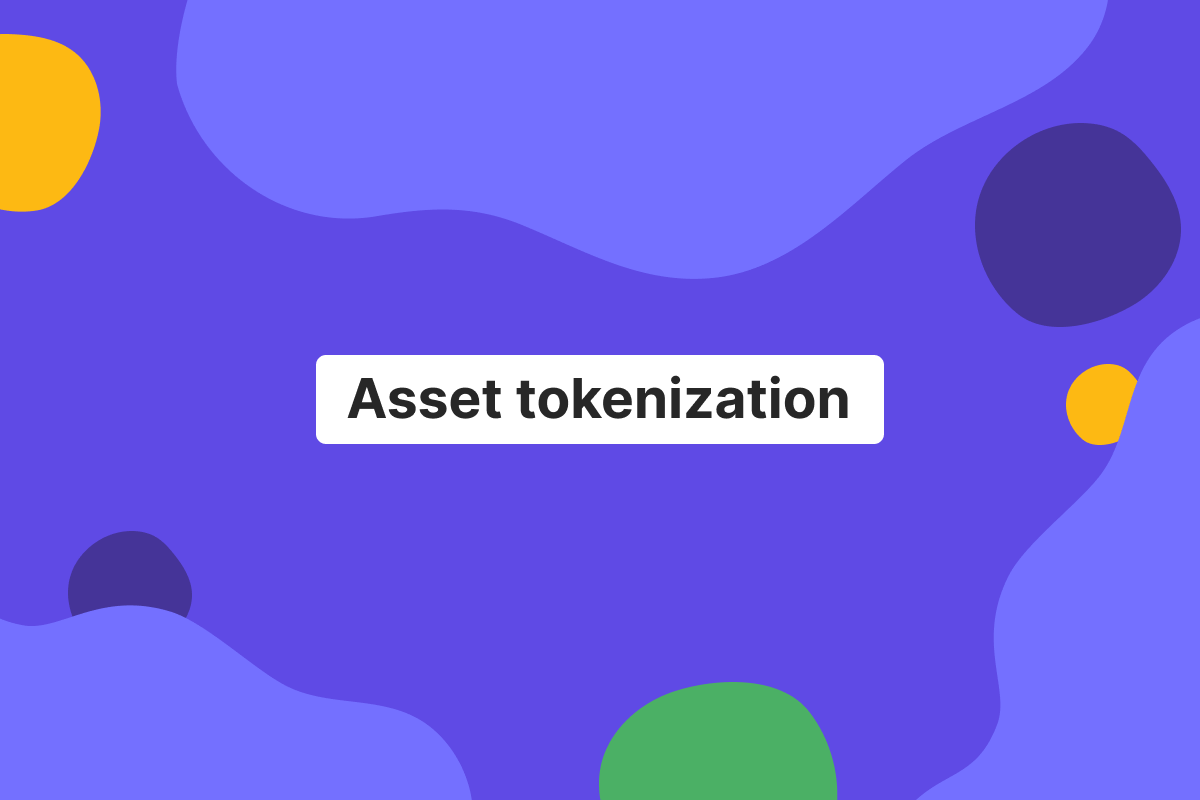Online banking and mobile payments are replacing traditional brick-and-mortar banks in different parts of the world. Yet, despite all the benefits, there are situations when we still need to use cash, physical cards, or, at least, to have them just for the sake of it. In today’s article, Genome will describe the best providers of eWallets with physical cards – how they work, if you need one, and how to select one.
What is a mobile wallet, and why do you need it
We begin with an explanation of a mobile wallet and its functionality. A digital wallet (mobile-, e-wallet, – we will use these terms as synonyms in this article, although usually there is a difference, learn more about it here) is a digital solution for almost any financial transaction you can do: receive money, make in-store purchases, pay bills, and move money through SWIFT, SEPA, or ACH payments (USA-specific). The best digital wallet examples are Apple Wallet, Samsung Wallet, and Google Wallet.
Virtual wallets usually come in two versions: a mobile device and a web application. The latest technologies enable us to expand the functionality of online wallets far beyond simply saving card details. In fact, full-fledged mobile wallets now function and have the majority of features of a regular bank account, beginning with credit cards and ending with payment cards.
So, what are the benefits of choosing a digital wallet with physical credit and debit cards? First of all, you will have all the necessary banking functions just in one mobile wallet app.
The fintech companies nowadays create super-applications where one can not only manage their finances but also book housing or plane tickets, trade cryptocurrencies, and even receive bonuses using loyalty cards. Don’t forget basic features such as international transactions, currency exchange, instant transfers, contactless payments, etc.
Secondly, using one of the digital wallet apps with debit cards (or credit cards if you wish) provides additional safety as one can pay not only with their smartphone online or contactless but also with an actual card when needed.
Let’s imagine that you need to make an urgent purchase in a local grocery store, but your smartphone with a digital wallet installed on it is out of battery or you’ve lost it (let’s say you are a Google Wallet user). In this case, credit cards or cash are the only options to make a payment. But after the goods purchase, you will think twice about going to the store. One of the easy solutions is to have a physical debit card that can also be linked to a digital wallet.
Why choose an e-wallet with a physical card?
A digital wallet with a physical debit or credit card bridges the gap between online convenience and real-world usability.
Besides this, such a combination wallet plus card has some other benefits:
Flexibility for online payments and offline purchases. Online payments with a few clicks using Apple Pay or Google Pay, and reliable in-store purchases with credit cards.
ATM access around the world. Travel often requires cash, and wallet apps or Samsung Pay may not help in some situations.
Backup option when mobile devices are unavailable. If your phone battery dies, you can still make payments without needing to access your PayPal account.
Ideal for budgeting and separating funds. Financial self-discipline is never a bad idea. Separating spending categories would help to limit some specific expenses and store money more reliably.
Open an account
in Genome online
What to look for in a digital wallet with a physical card
Not all digital wallet apps are the same, and not every digital wallet is right for you.
There are a few essential things to keep in mind when you’re looking for that one financial service provider:
Fees and timeframes
Many banks offer free services for using their accounts with limited functionality. If you don’t make payments or receive money often, it might be a cost-saving option for you. The speed of the payment process is also important here because transfers can take up to a few business days in some cases.
But consider monthly bank account charges and ATM withdrawal fees, but the costliest could be the foreign exchange rates.
Onboarding
If you prefer doing everything online, go for a bank that allows you to start an account online and remotely from anywhere in the world.
If you prefer in-person service, select a provider with physical branches in your city/town. Some digital wallet providers deliver cards within days, while others take weeks.
Worldwide acceptance and currencies supported
If you’re only to send and receive money within Europe, a provider that supports SEPA payments will be enough. However, if you will be instructing cross-border transfers, SWIFT payments should be enabled.
Also, keep in mind options that will allow you not to overspend on currency exchange. Get a payment provider with multi-currency account support.
Security
Pin code is just a part of security measures, not a solution, in order to protect user data, seek a payment provider with biometric authentication/two-factor authentication (2FA) – this is non-negotiable and the biggest red flag if an electronic money institution doesn’t have it.
App compatibility
Ensure the wallet integrates with your preferred payment ecosystem. Google Pay and Samsung Pay work with many Android devices, while Apple Pay is exclusive to iOS devices. Always verify compatibility in your device’s app store or provider documentation.
Best digital wallets that offer physical cards
Best digital provider? Maybe that’s saying too much… or maybe not. See for yourself and decide:
Provider | Card types | Supported currencies | Monthly fee | ATM Access | Best For |
Genome | Visa | EUR, USD, GBP, PLN, CHF, JPY, CAD, CZK, HUF, SEK, AUD, and DKK. Most can be linked to a cards | Free account opening (for EU residents). Full transparent pricing here | Worldwide Visa acceptance (real-time control + 3D Secure) | Multi-currency accounts, business & personal use, SEPA/SWIFT transfers |
Wise | Visa | Yes | No | Worldwide, 2 free ATM withdrawals/month | Low-cost international transfers, freelancers, transparency |
Revolut | Mastercard/Visa | Yes | Free standard plan, others from 3.99 up to 45 euro | Worldwide, fee-free ATM withdrawals up to a limit | Everyday payments, multi-currency spenders, trading & crypto |
Payoneer | Mastercard | Yes | Annual fee of $29.95 if you receive less than $2,000 in a 12-month period. | Worldwide | Freelancers, businesses receiving international payments |
N26 | Mastercard/ Maestro | Yes | Free basic plan, others from 4.90 up to 16.90 euro | Europe, non-Euro withdrawals require paid plans | Travel within Europe, budgeting tools |
Monzo | Mastercard | Yes | Free basic; Higher tiers with fees for extra benefits up to 17 GBP for personal and 25 GBP for a business plan | £200 monthly limit before a 3% fee outside European Economic Area | UK residents traveling Europe, spending tracking, currency exchanging |
Bunq | Mastercard | Multi-currency: 22 currencies for holding and 39 for sending | Free basic bank account others from 3.99 up to 18.99 euro | Worldwide, fees depends on user`s plan | European users needing flexible multi-IBAN or reliable savings account |
Pros and cons of using a digital wallet with physical debit or credit cards
Digital wallet apps linked to a physical card offer convenience, but also come with some limitations. Take a look at some upsides and downsides:
Pros
Flexible payments. You can switch between online and offline transactions easily, including online purchases, offline stores, and bill payments – all you need.
ATM access. With the right digital wallet and the right card issuer, you get cash from ATMs in any country in the world, even if digital payment isn’t accepted.
Budget control. Digital wallets often come with built-in spending analytics, limits, or budgeting tools to keep finances in check.
Cons
Card delivery delays. Depending on your provider, physical card shipping may take days or weeks.
Occasional ATM fees. Some providers charge fees for international or frequent ATM withdrawals.
Not always supported worldwide. Certain merchants or ATMs may not accept eWallet-linked cards, depending on the brand (Visa, Mastercard, etc.).
How to apply for a digital wallet with a physical card
Getting virtual wallets with a physical card and digital payment features is usually a simple task – just click the apply button, and after that, a verification is needed:
Sign up for an account. Choose a provider like Genome and register online or through the mobile app.
Complete KYC verification. Submit identity documents (passport, ID card, or driver’s license) and proof of address to comply with financial regulations.
Now you can request a physical card. Select your preferred card type if you can (Visa or Mastercard) and place a delivery request. With Genome, you order both physical and virtual Visa cards in just a couple of clicks!
Activate your card. Once delivered, activate it through the app or dashboard, often by entering a code or making a first card transaction. You can link your card to your Apple Pay or Google Pay account.
Fund your account. Top up your virtual wallet via bank transfer, link a debit card, transfer money, or use alternative payment methods supported by your provider. That’s it!
Why choose Genome for a digital wallet and physical card combo
While many providers offer virtual wallets with physical cards, Genome stands out for its security measures, pricing transparency, diverse financial services, and constant improvement of them.
We offer both virtual and physical Visa debit cards and so much more:
Dedicated IBANs and multi-currency accounts. Get a dedicated EUR IBAN account for SEPA money transfers and open multiple accounts in GBP, EUR, PLN, CHF, JPY, CAD, CZK, HUF, SEK, AUD, and DKK under one dashboard.
Visa Business cards. Accepted worldwide, with both physical and virtual options for personal and corporate needs. Both card versions allow contactless payments (Google Pay, Apple Pay, Garmin Pay-compatible).
Fast and transparent transfers. Send and receive money transfers instantly with SEPA Instant Transfers or utilize SEPA Credit Transfers with low transaction fees.
Security-first approach. Genome applies advanced fraud detection systems and multi-factor authentication to protect users’ funds and enable secure transactions.
Business and personal use. Suitable for freelancers, businesses, and individuals who need reliable financial tools. A mobile payment app and website version are both available!
Choosing Genome means getting more than just a card – you get a secure European financial provider designed for international payments, daily spending, and secure online transactions.
Open an account
in Genome online
FAQ:
Which physical wallet is best?
The best physical wallet is a digital wallet protected by biometric and 2-factor authentication, offers multiple services, contactless payments (Google Pay/Apple Pay compatibility), and more.
What are the safest physical cards?
The safest physical cards are those backed by regulated financial institutions that use fraud monitoring, two-factor authentication, and instant card-freezing options. Genome’s Visa cards, for example, come with strong security protocols and the ability to manage everything directly from the dashboard or mobile app.
Are physical cards better?
Physical cards are better or worse; they’re just different. With a card, you can pay in stores, withdraw cash, use ATMs where digital wallets aren’t accepted, and also use mobile payments.
However, for online purchases, a digital wallet or virtual card is far more convenient. Ideally, combining both is the best way to go. With Genome, you can order both in just a few taps.






